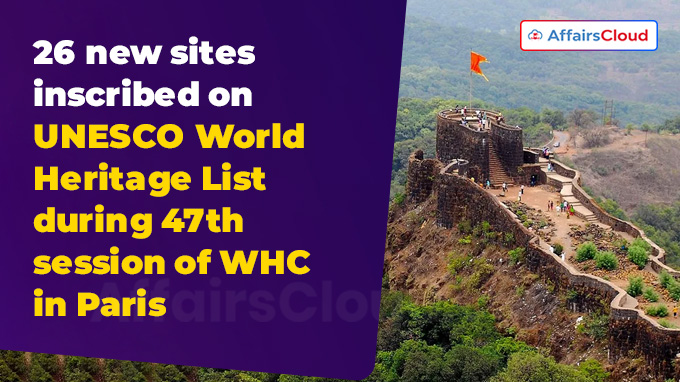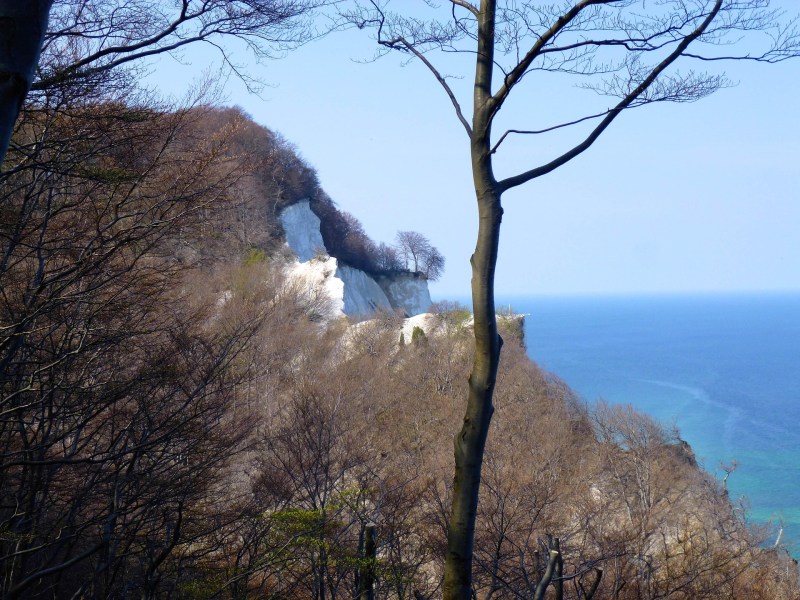26 New Cultural and Natural Sites Added to UNESCO World Heritage List

The 47th session of the UNESCO World Heritage Committee, convened in Paris, France, from July 6-16, 2025, has expanded the World Heritage List with the addition of 26 new cultural and natural properties. This significant update brings the total number of World Heritage sites to 1248, spread across 170 countries, reflecting the global commitment to preserving outstanding universal value.
Key Highlights from the 47th UNESCO Session

The session, chaired by Professor Nikolay Nenov of Bulgaria, also saw the successful removal of three African sites from the List of World Heritage in Danger, signifying successful conservation efforts. Additionally, two existing World Heritage sites had their boundaries extended, providing enhanced protection to these invaluable areas.
African Heritage Celebrated with New Inscriptions and Conservation Successes

This year’s inscriptions showcased a strong focus on African heritage, with four new sites from the continent being added to the list. Notably, Guinea-Bissau and Sierra Leone celebrated their first-ever World Heritage inscriptions, marking a significant milestone in their cultural preservation efforts. The Rainforests of the Atsinanana (Madagascar), Abu Mena (Egypt), and the Old Town of Ghadames (Libya) were removed from the List of World Heritage in Danger, demonstrating successful conservation strategies and international collaboration.
Prehistoric Sites Gain Recognition

Nearly a third of the new inscriptions are linked to prehistoric sites, highlighting the growing importance of preserving archaeological landscapes and evidence of early human civilization. These sites offer invaluable insights into our past and contribute to a broader understanding of human history and cultural evolution.
Detailed Look at Newly Inscribed Sites

The UNESCO World Heritage Committee meticulously evaluates nominated sites based on their outstanding universal value and adherence to specific criteria. The newly inscribed sites represent a diverse range of cultural and natural landscapes from across the globe.
July 11 Inscriptions: Cultural Landscapes and Imperial Tombs

On July 11, 2025, the committee inscribed several notable sites, including the Cambodian Memorial Sites, which serve as poignant reminders of the nation's history. The Murujuga Cultural Landscape in Australia, known for its ancient rock art, was also added, along with the Xixia Imperial Tombs in China, representing a significant period in Chinese history. The Maratha Military Landscapes of India, showcasing innovative defense strategies, were also recognized for their historical importance.
July 12 Inscriptions: Palatial Centers, Royal Residences, and Ancient Art
July 12 saw the inscription of the Minoan Palatial Centres in Greece, reflecting the advanced civilization of ancient Crete. The Palaces of King Ludwig II of Bavaria in Germany, renowned for their architectural grandeur, were also added to the list. Further afield, the Archaeological Ensemble of 17th Century Port Royal in Jamaica, a site rich in maritime history, and the Rock Paintings of Shulgan-Tash Cave in Russia, showcasing prehistoric art, were recognized.
July 13 Inscriptions: Natural Wonders and Geological Significance
On July 13, Brazil's Peruaçu River Canyon, a landscape of immense natural beauty, and Denmark's Møns Klint, known for its dramatic chalk cliffs, were inscribed, highlighting the importance of preserving diverse natural environments.
The Role of Key Stakeholders in World Heritage Preservation

The UNESCO World Heritage Committee is the primary body responsible for inscribing sites and monitoring their conservation. State Parties, the member countries that nominate sites, play a crucial role in protecting and managing these areas. Local communities are increasingly recognized for their central role in safeguarding and promoting World Heritage sites, particularly those with living and spiritual heritage. Advisory Bodies such as ICOMOS (International Council on Monuments and Sites) and IUCN (International Union for Conservation of Nature) provide evaluations and contribute to enhancing the representativity of the World Heritage List.
Statements from UNESCO Leadership

UNESCO Director-General Audrey Azoulay emphasized the universal appeal of heritage preservation, stating, "If there's one form of multilateralism that knows no crisis, it's heritage. With its 196 States Parties, our Convention is one of the most universally ratified." This statement underscores the global commitment to protecting and celebrating our shared cultural and natural heritage.
India's Growing Presence on the World Heritage List
With the recent inscriptions, India now boasts 44 UNESCO World Heritage Sites, ranking sixth globally and second in the Asia-Pacific region. This reflects the country's rich cultural and historical tapestry and its dedication to preserving its heritage.
Financial Support for Conservation Efforts
Financial assistance, totaling $235,520, was allocated to Colombia, Mauritius, Lao People's Democratic Republic, and the United Republic of Tanzania to support new conservation work, demonstrating UNESCO's commitment to providing resources for the long-term preservation of these sites.
Balancing Tourism and Preservation
While World Heritage status brings global recognition and is expected to boost tourism, leading to economic benefits for local communities, it also poses challenges for managing increased visitor numbers and ensuring the delicate balance between tourism and site preservation. Sustainable tourism practices and robust management plans are essential to mitigate potential negative impacts.
Fostering Local Pride and Identity
Inscription often fosters a sense of national and local pride, as seen with the Maratha Military Landscapes of India, which are not just historical sites but symbols of resistance and ingenuity. This recognition can strengthen community bonds and promote a greater appreciation for local heritage.
Access to Resources for Conservation
The recognition provides access to more resources, including funds, expertise, and international support from UNESCO, for restoration, signage, and site management. This support is crucial for ensuring the long-term preservation of these invaluable sites.
Focus on Remembrance Sites
The inscription of sites like the Cambodian Memorial Sites highlights a growing recognition of places that serve as testaments to historical memory and trauma education. These sites play a vital role in fostering reconciliation and promoting a deeper understanding of the past.